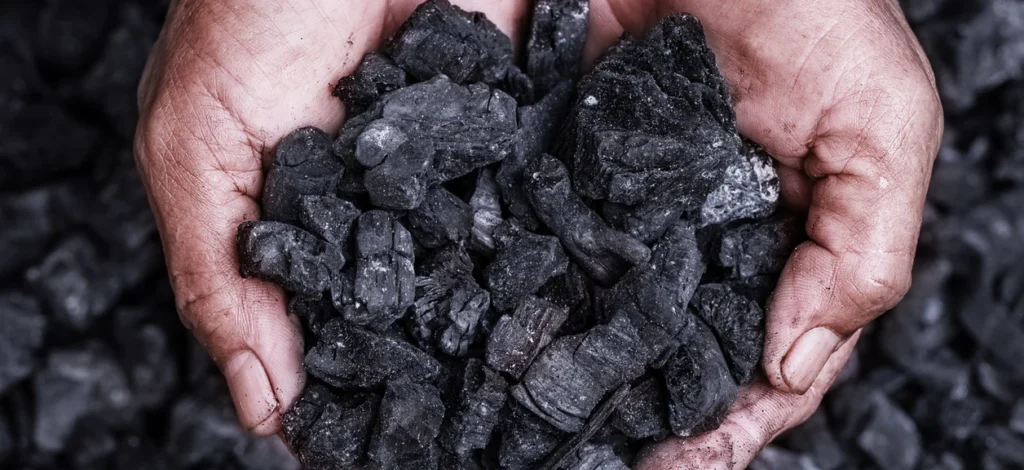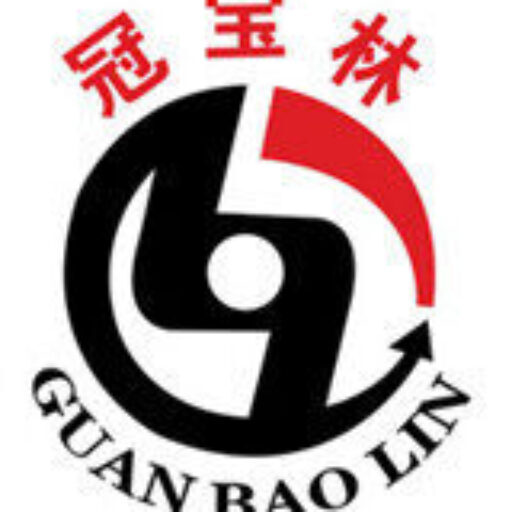Activated carbon is one of the most widely used materials for purification and filtration across industries—from water treatment to pharmaceuticals. But not all activated carbon is the same. The form you choose—Powdered (PAC), Granular (GAC), or Extruded (EAC)—can significantly affect performance, cost, and suitability for specific applications.

In this post, we break down the differences between these three types of activated carbon and when to use each one.
1.Powdered Activated Carbon (PAC)
Appearance: Fine powder, typically less than 0.1 mm in size
Surface Area: High
Common Applications:
Water treatment (especially municipal or emergency treatment)
Air purification
Food and beverage decolorization
Pharmaceutical filtration
Advantages:
Fast adsorption: Small particle size allows quick contact with contaminants
Cost-effective for short-term use
Easy to dose and mix into liquids
Limitations:
Difficult to remove from treated water without filtration
Generates dust, which can be a health and fire hazard
Not suitable for fixed-bed systems
2. Granular Activated Carbon (GAC)
Appearance: Coarse granules (0.2–5 mm)
Surface Area: Moderate to high
Common Applications:
Household and industrial water filters
Aquariums
Air and vapor filtration
Gold recovery in mining
Advantages:
Reusable and regenerable
Good flow characteristics in fixed-bed columns
Effective for long-term treatment systems
Limitations:
Slower adsorption compared to PAC
Can become fouled over time if not maintained properly
Higher initial cost
3.Extruded Activated Carbon (EAC or Pelletized Carbon)
Appearance: Cylindrical pellets (typically 1–5 mm diameter)
Surface Area: Varies (usually slightly less than GAC)
Common Applications:
Air purification systems
Solvent recovery
Industrial gas treatment
Automotive emission control
Advantages:
Low dust generation
High mechanical strength—ideal for pressure systems
Uniform shape promotes consistent flow in packed beds
Limitations:
Generally more expensive
Lower adsorption speed than PAC due to larger particle size
Less common for water treatment
Comparison Table
| Property | PAC | GAC | EAC (Pelletized) |
|---|---|---|---|
| Particle Size | Very Fine (<0.1 mm) | Medium (0.2–5 mm) | Uniform Pellets (1–5 mm) |
| Adsorption Speed | Fast | Moderate | Slower |
| Regenerability | No | Yes | Yes |
| Dust Generation | High | Medium | Low |
| Best For | Liquids, Short-Term | Water & Air Filters | Industrial Gases |
How to Choose the Right Type
Consider:
Application Type: Are you treating liquid or gas? Long-term or emergency use?
Flow Requirements: Does the system require high mechanical strength or rapid adsorption?
Regeneration Needs: Is it a disposable system or one that benefits from reusable media?
Final Thoughts
Choosing the right form of activated carbon is essential to achieving optimal performance and cost-efficiency. PAC is best for quick, disposable treatment needs. GAC offers a balance of performance and reusability for long-term systems. EAC is the go-to for industrial applications that require durability and low dust.
Need help selecting the best activated carbon for your process? www.guanbaolin.com
